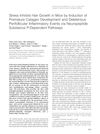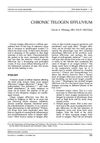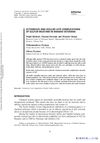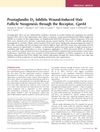Evidence of Hair Loss After Subacute Exposure to 2-Chloroethyl Ethyl Sulfide, a Mustard Analog, and Beneficial Effects of N-Acetylcysteine
January 2004
in “
Journal of Biochemical and Molecular Toxicology
”
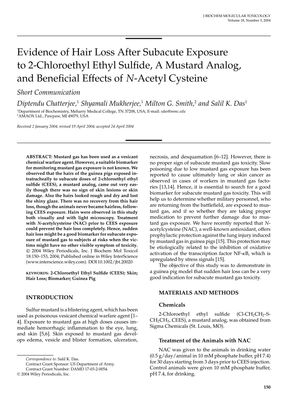
TLDR Mustard gas exposure causes hair loss, but treating with N-acetylcysteine can prevent it.
In 2004, researchers discovered that guinea pigs exposed to 2-chloroethyl ethyl sulfide (CEES), a mustard gas analog, experienced significant hair loss without visible skin damage, indicating that hair loss could be a biomarker for subacute mustard gas exposure. Microscopic examination showed hair follicle regression and decreased keratinocyte proliferation. Pre-treatment with N-acetylcysteine (NAC) was found to prevent this hair loss, suggesting NAC's potential as a treatment for mustard gas toxicity. The exact number of guinea pigs involved in the study was not mentioned.
